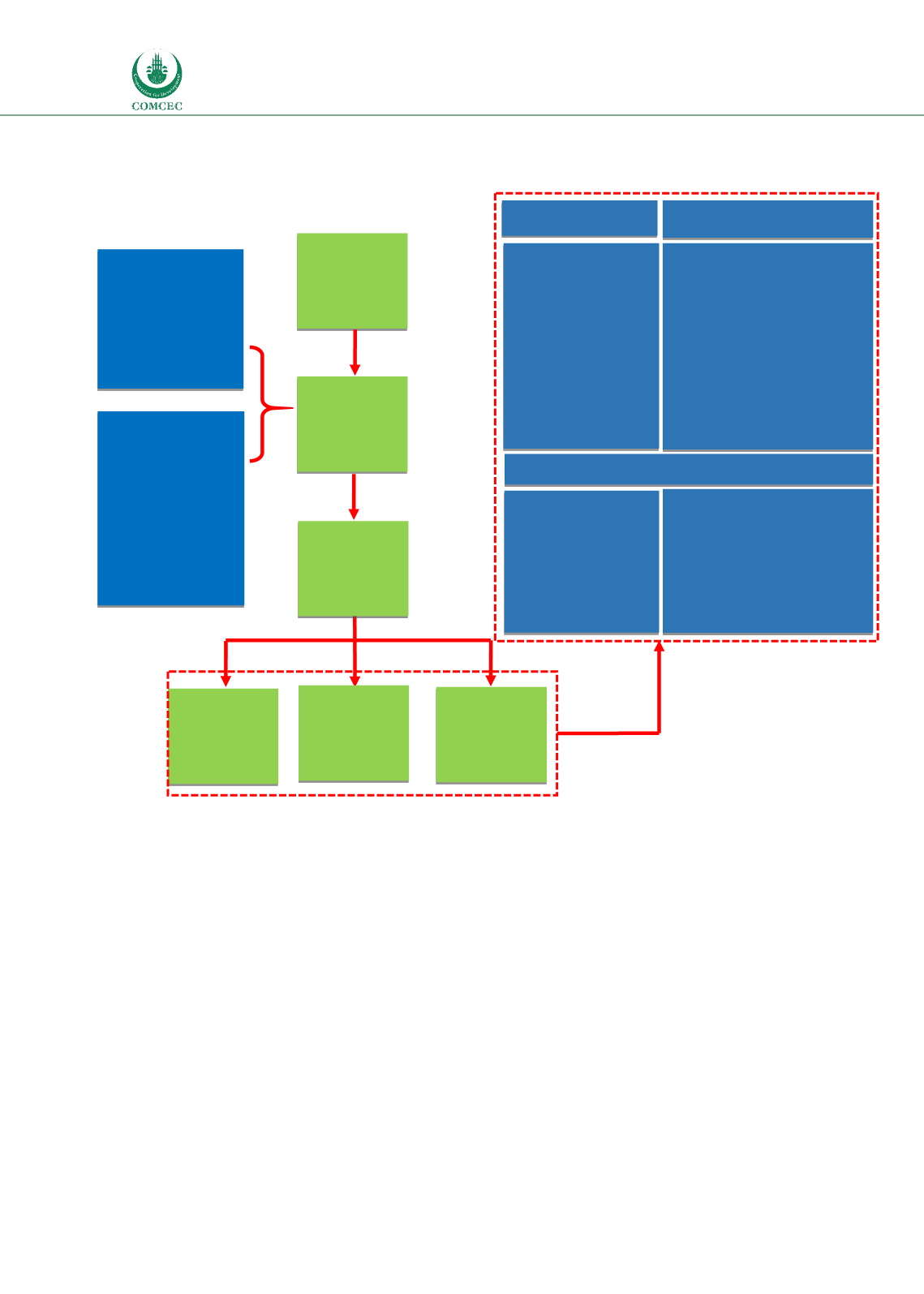

Risk & Crisis Management in Tourism Sector:
Recovery from Crisis
in the OIC Member Countries
74
Figure 4.4: Crisis Management Scheme for Tourism
Source: Ministry of Tourism, Indonesia
In times of major crises impacting on the country, the President takes a lead role in press
conferences, thus demonstrating high-level commitment to recovery. The Ministry now
embraces the use of social media as an effective crisis management communications tool: for
instance, a Crisis Centre WhatsApp Group enhances communications and coordination between
the centre and Indonesia’s regions (Rochmulyati, 2017, pers. comm., 2 May).
Y
INFORMATION
MONITORING
(Early Warning
System)
CRISIS
DECISION
(ALARM)
SECONDARY DATA
(ANALYSIS)
1.
Number of
tourists
2.
Hotel
occupancy
3.
Media tone
4.
Special issue
FOLLOW UP
DECISION
(COMMAND
CENTER)
PR-ing
(Internal &
External)
Analysis on
the Impact
Crisis Centre
(Post)
1
2
3
4
5
6
PRIMARY DATA
1.
Natural disaster
2.
Non
–
natural
disaster
3.
Social disaster
1.
Ministry of Tourism
2.
10 Branded
Destinations
3. ‘3 Great ‘ Tourism
Locations i.e.
Batam, Jakarta and
Bali
4.
10 Priority
Destinations
5.
Cross Border Areas
6.
30 Marine Tourism
Spots
1.
M17 Data (domestic and foreign
tourists)
2.
Mass Media dan Social Media
Monitoring
(www.kemenpar.monitoring.we b.id)3.
Partner in 33 locations dan cross
border area (primary data)
4.
Research result
5.
Media Report
6.
Partner Report (related
institutions)
LOCATION
PERMANENT:
1.
Ministry of Tourism
2.
Regional Tourism
Board
TEAM
ADHOC
1.
Natural Disaster (earthquake)
2.
Non
–
natural disaster (accident,
epidemic, technology)
3.
Social disaster (conflict, crime,
terrorism)
DATA SOURCE
















